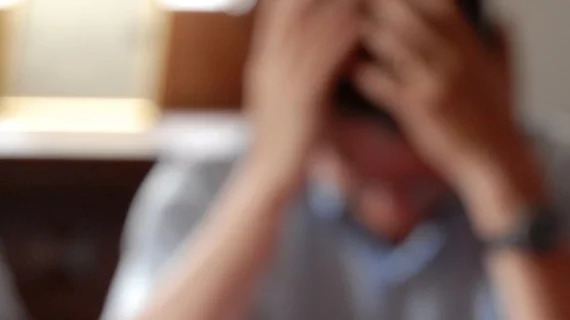Radiologist burnout: 5 key causes and possible solutions
Radiologists are notoriously burned out. But authors of a new study published in Current Problems in Diagnostic Radiology identify common causes and offer their own solutions to stem this growing problem.
Recent studies have suggested that over 50% of physicians report feeling burned out. This is especially true for radiologists, with some studies reporting more than 60% feel the effects of burnout. Authors Bradley Speiler, MD, and Neil Buam, MD, explored this data in a new report.
“The identification of potential catalysts can be helpful in its (burnout) mitigation and allow for a more refined method of intervention,” Speiler, a radiologists at Louisiana State University Health Sciences Center, and Buam, with Tulane University's Department of Urology, added.
1. For radiologists, the causes of burnout are unique. They are often isolated from their peers and colleagues, and since the advancement of PACS, face-to-face interactions have dwindled. This can negatively impact a person’s sense of belonging.
2). Dark reading rooms may also contribute to burnout. A radiologist’s day is spent in front of a computer screen in a dark room, constantly evaluating images for abnormalities. Minimal exposure to sunlight can lead to seasonal affective disorder and disrupt circadian rhythms, both of which can manifest into depression.
3). Authors also noted the sedentary aspect of radiology. Unlike patient-facing providers who move room-to-room all day, radiologists see minimal movement and might not even leave their houses to fulfil their duties on some days, the group noted.
4). Though staffing is short, having assistants for things like emails, phone calls, and other clerical duties can be beneficial. If help is unavailable, increasing the efficiency of processes and minimizing distractions could open time slots for these duties.
5). The authors also pointed to resources, explaining that less than 40% of healthcare employers offer mental health and well-being services. Without a credible outlet available to address stress, burnout is left to fester.
Without solutions, the effects of burnout will continue to compound, adding to the mountainous staff shortages radiology already faces.
“Ultimately, changes to practice environment or to the to the practice itself may be necessary. Through heightened engagement and support of co-workers in the radiology department, stressors may become more manageable,” they explained.
You can find the burnout self-assessment and the full report here.

